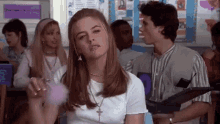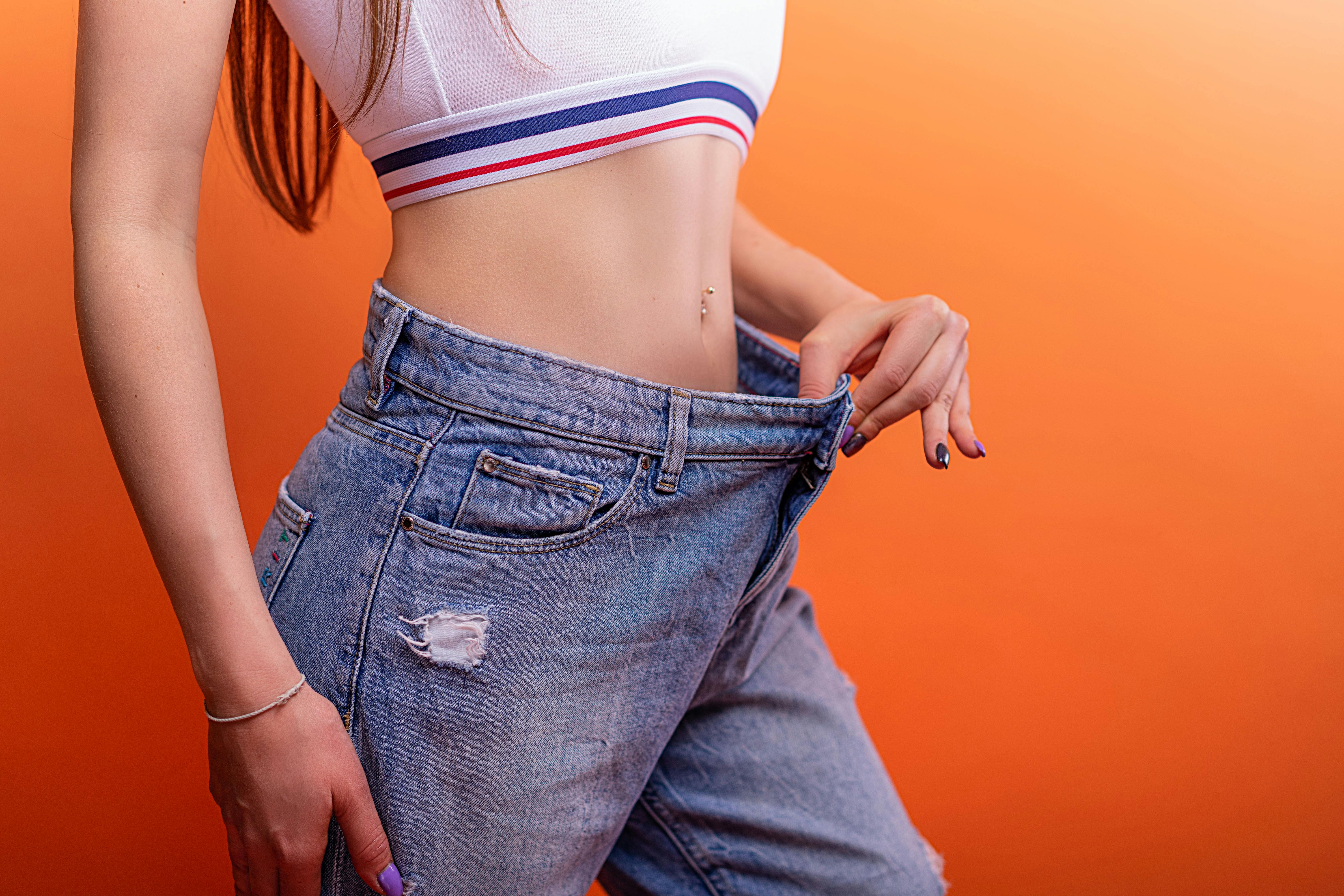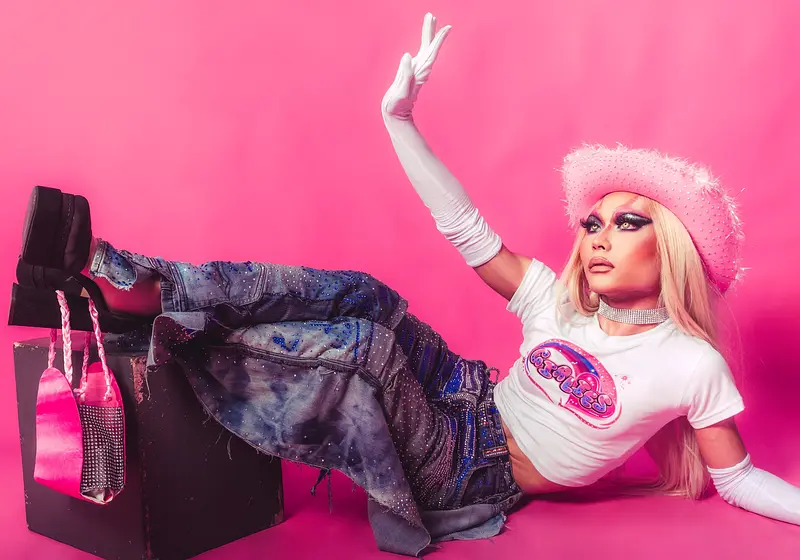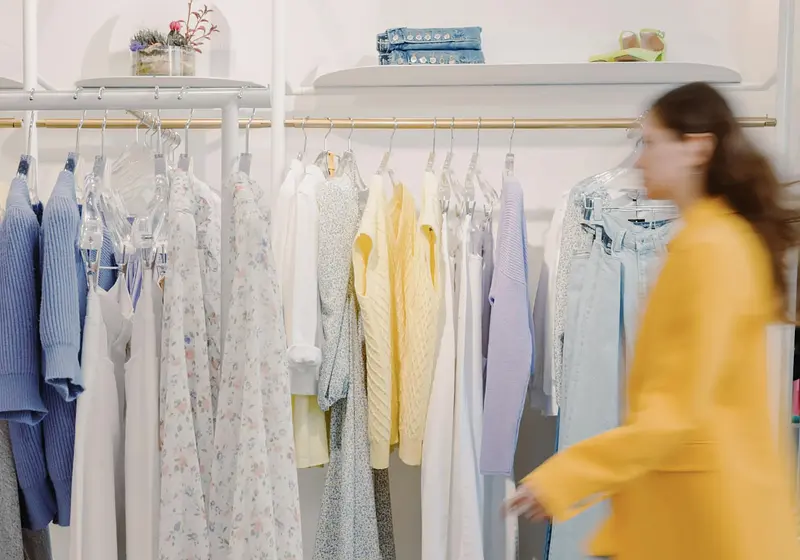Have you ever watched Clueless? Gossip Girl? Gilmore Girls? Or maybe even Mean Girls?

The scarf tops, low rise jeans, velour tracksuits, butterfly clips, glossy lips, and those side bangs— they are THE Y2K aesthetic essentials, shown explicitly in all of these films.
We’ve been seeing the Y2K aesthetic all over Pinterest and TikTok, but what exactly is the obsession with all this even about? Is it just some fashion comeback, or does it go down some memory lane? Why are Gen Zers dressing up like they’ve shown up from some 2000s soap opera, and most importantly, is it just fashion recycling, or a flashback of something deeper?
Let us slide into your dms 🥰
Get notified of top trending articles like this one every week! (we won't spam you)What's the deal with Y2K?

Image Credit: OG Productionz from Pexels
Y2K stands for Year 2000, and it refers to the fashion and trends that were famous in the late 1990s and early 2000s. The bright and vibrant colours, the metallic textures, the rhinestones —Gen Z is inspired by it all. Many Gen Z individuals were too young to have experienced the early 2000s while they lasted, so, why the sudden nostalgia for Y2K fashion?
The era has been romanticised so much by social media, Netflix shows, and Pinterest, that fashion has now become a throwback from the past. It’s not just some style comeback, it’s an emotional connection for the Gen Z and a subtle rebellion too!
Y2K isn’t just a cute little aesthetic —it’s a whole mood, and a fuzzy memory that’s so deeply rooted in this generation.

Take the Quiz: Which Female Character Trope Do You Belong To?
Whether it's in film, TV, or literature, you've likely come across these female character tropes. Take this quiz to discover which one best matches...
The Nostalgia

Image Credit: Glenn Francis from Wikimedia Commons
Yeah, well, most Gen Z children were in diapers or elementary schools during the early 2000s, but they did grow up watching the OG Y2K icons—Lindsay Lohan, Paris Hilton, Britney Spears, Lauren Graham, Reese Witherspoon; they were literally everywhere.
Y2K fashion reminds us of simpler, less polished, messy and wholesome times, in a good chaotic way.
Some may find it as a form of vintage escapism. Others may find it cool, or just their type of chic. But many resonate with how carefree this kind of fashion is, and how it was part of a period when there were no fake filters, no pressure from social media and the celluloid world to “feel good”.
How it means rebellion

Image Credit: Sydney Sang from Pexels
2020s was all about the “clean girl look” and minimalist make up ,“boho chic” with earthy and bland colour schemes. But now, with 2000s fashion resurfacing, Gen Z is adopting the loud, bold, and unapologetically colourful looks.
Moreover, along with the flashy dressing style, the generation is opting for unconventional practices like buying from second-hand and fast fashion chains like H&M, Zara, to make the old pieces seem alive again. In fact, statistics say that about 39% of younger generation shoppers made a second hand apparel purchase on a social commerce platform in the last 12 months.
Main Question: Is it trend, or trauma?
According to me, Y2K fashion is a coin with two sides and so, it has its pros and cons. So, it's truly based off how you really see it— a trend, or a trauma? Here are some examples that illustrate why it is a trend, but also a trauma.
Why it's a pretty trend:

Image Credit: Mikhail Nilov from Pexels
Gen Z is again re-adopting the fashion of the 2000s, because of how expressive it feels and looks. Glittery lip gloss, butterfly clips, chunky belts—they all feel so fun and sassy. It feels youthful and fresh, doesn’t radiate that stiff, formal energy.
The outfits are dramatic and chaotic, always making the big statement. Everything is cheesy and exaggerated, but it still manages to look popping and bubbly. Its uniqueness, is what draws the Gen Z towards it.
Moreover, shows like The OC, and XO Kitty, celebrities like Bella Hadid and Dua Lipa have successfully helped teens romanticise the aesthetic, making it seem dreamy.
Why it is not all hot pink and glitter:

Image Credit: Alex P from Pexels
To fit into the beauty standards in the early 2000s, some believe that serious body image pressure was put upon people. This meant normalising eating disorders and diet culture.
Moreover, some think that Y2K encourages fatphobia and size zero culture, and other unhealthy and toxic beauty standards. Exclusion was also a factor during that time, you were literally made fun of and excluded if you didn't dress in the expected way.
The expectations were too high, and it left loads of young women feeling uncomfortable. Celebrities like Britney Spears, Lindsay Lohan, and Paris Hilton were heavily scrutinised by media as young girls, during the 2000s. The paparazzi would relentlessly follow their every move, and often fixated on their personal lives, depicting how irresponsible, selfish and shallow they were.
Britney Spears’ shaved her head as a form of breakdown, and this was widely discussed, and mocked. The Mean Girls star, Lindsay Lohan, was often objectified by the media as being ‘out of control’. No one thought about the kind of mental health issues she was going through, the world just laughed and didn’t even care a bit. Paris Hilton was often called labels like “dumb blonde” and her wealthy origins were often criticised. She was also called out for her, “reckless driving”.
The aftershocks still thrive, and that is why people consider Y2K to be "traumatic".
Conclusion
The Y2K trend is definitely a very iconic style of dressing up, and it’s so much more than a trend on the internet. It is a revival of messy, imperfect past, which makes it all the more interesting.
At the end of the day, whether it is a trend that has a vibe, or is salt to the wound, is your choice to make. Are low rise jeans, sparkly belts and chunky bags trendy, or are they too extra?
I hope this article sparks conversations. Thank you for reading, and do share your views in the comments!













